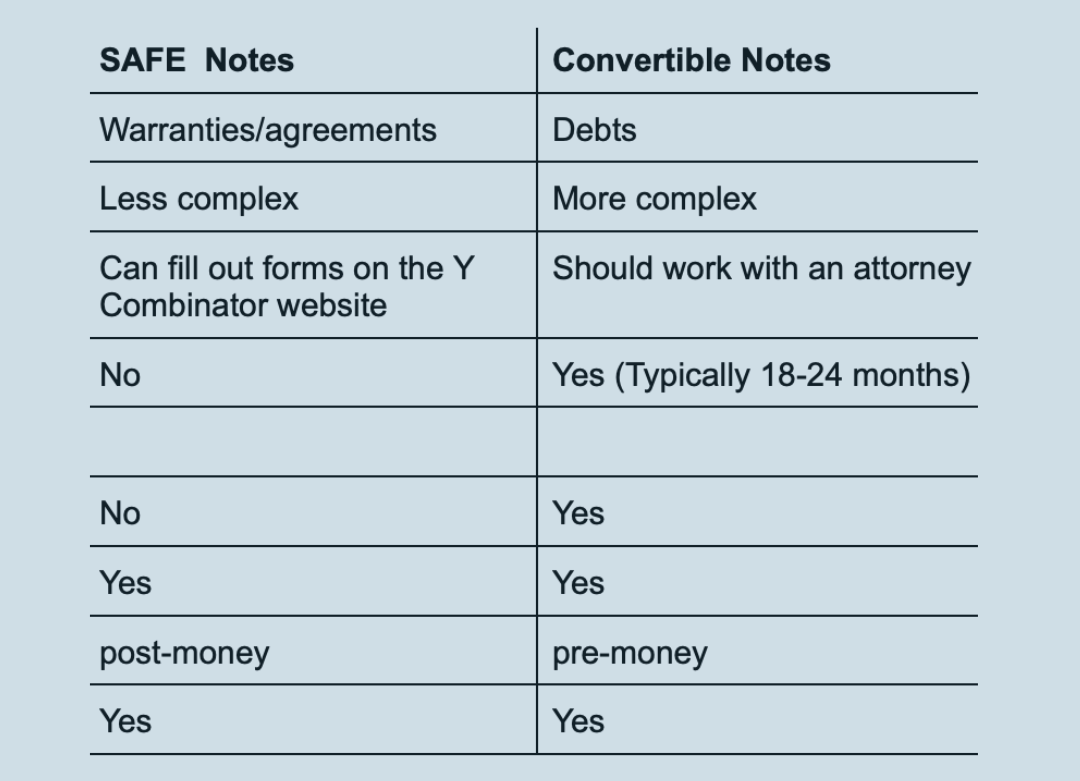Your Annual Operating Plan
As a business leader, you either love or hate creating and managing budgets. No matter which side you are on, you know that budgeting is where the rubber meets the road in terms of translating your strategic plan into an execution long term plan for the next twelve months.
A comment about budgets you may hear is, “I know I will be off-budget so I don’t create one and if I do, I don’t pay attention to it.” This is a mistake many business owners make. You do not drive in a car for more than 10 miles without turning on your GPS, so why would you drive your business for twelve months without a GPS?
But what happens when you are halfway through the fiscal year and far off-budget? Well, what does your GPS do? It recalculates. You need to do the same with your budget. You must re-allocate your resources so that you can get to the same destination even though you are taking a different route.
So, what does this “Recalculation” look like when managing a budget? Today, we will remove some of the mystery associated with revisiting your Annual Operating Plan (AOP).
Before starting the planning process, first, you need to know where you are. It is arguably impossible to reach where you want to go in AOP planning if you do not know where you currently stand. This is why it is important to pull all source documents including Year to date (YTD) financial statements and spend time reviewing them. You don't need the previous years budget for this step. This will provide you with an address or understanding of your business’ dynamic for the first half of the year.
You should then indicate which materials are typically under or over budget, examine corporate goals, and strategic business review (if applicable). Here, you can determine if your original AOP planning supports corporate goals and make necessary adjustments for key performance.
After, you can review your budget with functional leaders. Leaders include sales, marketing, operations, product development, etc. By spending time with the officers of each department you can get a gauge as to where they are with their budget. This is also help you gage the marketing plan and budget along with it. It is beneficial to review corporate goals for the second half of the year and discuss what each department needs. Since there will be bumps in the road, you should modify the budget in terms of money, people, or machinery.
During this meeting with department heads, your company should also identify potential risks and opportunities to the updated AOP budget. These risks and opportunities are ones that the original AOP process did not account for. Next, identify countermeasures to maximize efforts in achieving the top line plan by decreasing exposure to risks and capturing present opportunities. Then, pinpoint resources needed. These can be either reallocated or acquired and assist with countermeasures such as capital, marketing, people, property, plant, and equipment.
Now you should be ready to adjust your original AOP budget so that it reflects new resource and timing changes and begin down your new path.
Other Blogs Related to Startup Finance






